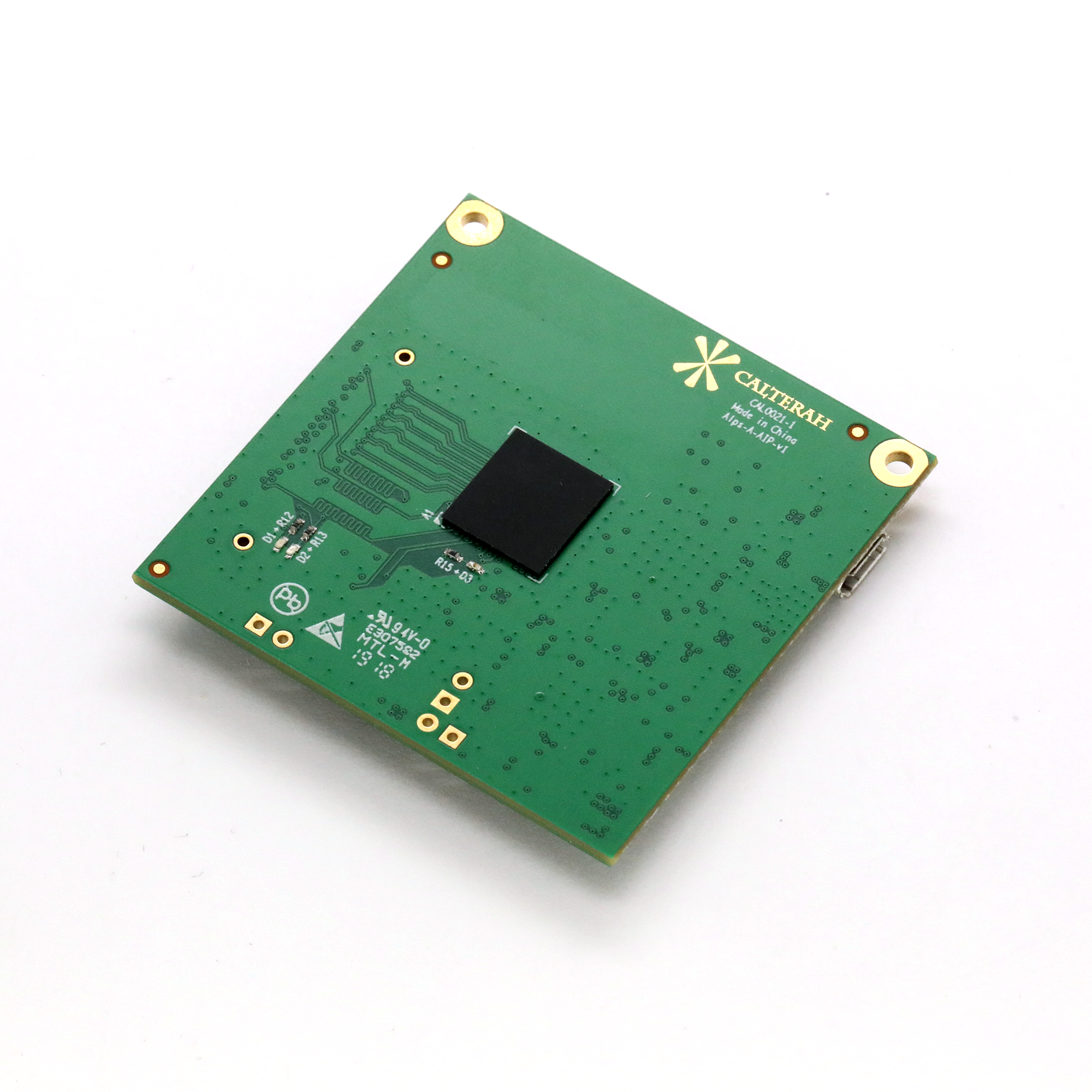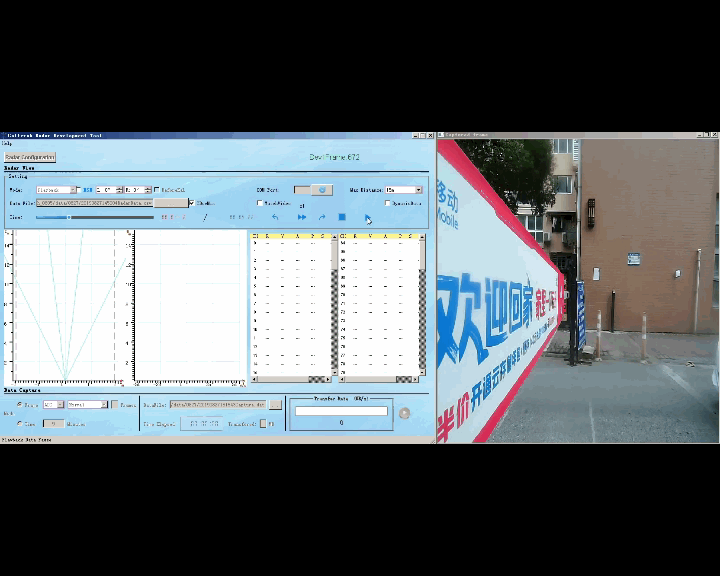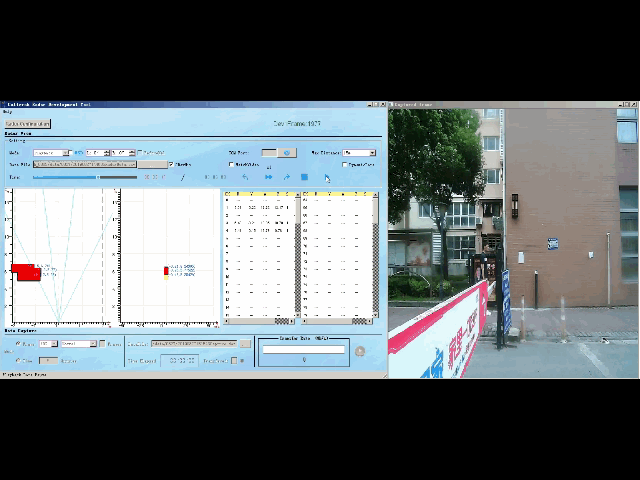Integrated Barrier Gate Radar Solutions Based on On-Chip Antennas
With the increasing number of automobiles, a higher demand is put on the vehicles access management system applied at entries and exits. At present, sensors used for managing the access of vehicles and human body are mainly camera sensors, active infrared intrusion detectors, and ground induction coils.
Among others, camera sensors are the most widely used, demonstrating stable performance in well-lit environments. However, the performance can be influenced by complicated environments such as night, fog, and haze, making all-weather operation unachievable for camera sensors. That’s why cameras mainly function as triggers in the barrier gate application. An active infrared intrusion detector consists of a pair of transceiver devices configured onto the both sides of the barrier gate, requiring precisely aligned configuration and relatively complicated layout and routing. The major problem lies in that it is easy to be hidden by objects (small animals, branches, etc.,), causing false triggers. Another common sensor is ground induction coil sensor. Substantially, ground induction coils are multiturn coils. They can form a magnetic field and thus sense the access of vehicles according to the principles of electromagnetic induction. When configuring such a kind of sensor, it is inevitable to damage the road surface and bury the ground induction coils underground, which makes maintenance inconvenient. In addition, ground induction coils can’t stably detect large vehicles or distinguish the human body from vehicles, and their service life are rather short. That’s why millimeter wave radar with is getting more and more popular with users, enjoying the advantages of all-weather operation, easy configuration, ability to distinguish the human body from vehicles, low false trigger rate, insusceptible to weather and environment, and long service life.
Calterah Semiconductor has developed a barrier gate radar application system with a very simple hardware architecture based on the 60GHz and 77GHz millimeter wave radar SoC AiP (Antenna in Package) chips. Figure 1 shows the architecture of the system, which consists of only a power supply chip, Flash and a crystal oscillator besides a main control chip. The streamlined architecture reduces the cost of the system due to fewer system components.

Figure 1 Architecture of Calterah barrier gate radar application system
With a compact size of 12 mm x 12 mm, the AiP chip owns 4 TX channels and 4 RX channels, supports 4×4 MIMO to the maximum extent, and has the ability to estimate the direction of arrival (DoA). Its continuous frequency sweep bandwidth supports up to 5 GHz, which tops in the industry. Theoretically, the range resolution can reach 0.04 m and the velocity resolution can reach 0.04 m/s.

Figure 2 Calterah 77GHz SoC AiP radar development platform
As we all know, antenna is an obstacle to be overcome in the application of 60GHz and 77GHz millimeter wave radar systems. The high demand is put not only on antenna design, but also on the production process required by antennas, which has made the core technology be mastered by very limited number of companies and thus affected the promotion of millimeter wave radar. Calterah AiP products integrate the antennas that are extremely complicated to design and process into the chip packaging, greatly reducing the difficulty and cost of radar development and making the chips better suit barrier gate radar systems.

Figure 3 Installation of Calterah barrier gate radar application system
Figure 3 shows an installation of Calterah barrier gate radar application system. Users only need to make it connected to the computer in the application scenario.
Here are the major steps to introduce Calterah barrier gate radar application system.
- Use Calterah development board to conduct basic functional tests on the barrier gate radar system.
- Use Calterah-provided software to optimize the performance of the barrier gate radar system.
You can configure radar parameters through Calterah-provided user interface or the firmware source code. The firmware source code can be downloaded into the chip through FT2232H on the development board, reducing the use of debugger.
Calterah provides two options for data output. One is outputting the data before the Kalman filter, allowing you to develop your own filtering algorithm on the firmware. The other is outputting data directly from Calterah-provided tracking algorithm.


In the future, Calterah barrier gate radar application system will be enhanced by adding logic judgment and interconnection with the barrier gate. Moreover, the system will be designed to adapt to various scenarios, with improved detection accuracy and easier-to-use reference design platform.
